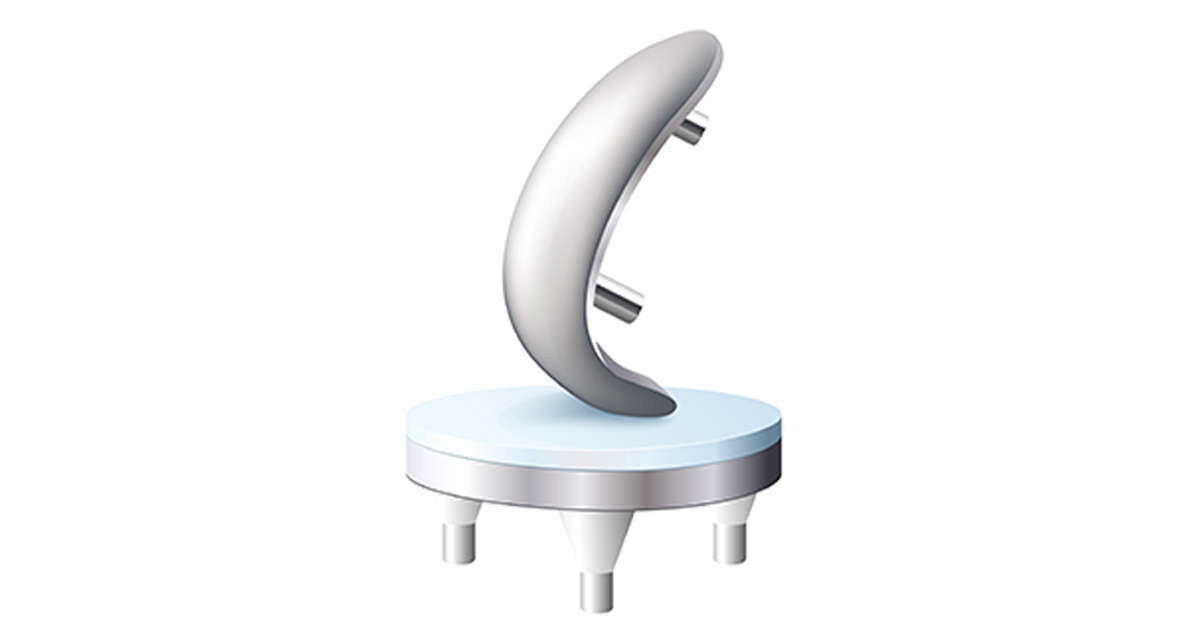
Knee pain can be a debilitating condition that affects daily activities and overall quality of life. For many individuals, particularly those with arthritis localized to one part of the knee, a partial knee replacement (also known as unicompartmental knee replacement) offers a less invasive option than total knee replacement. This procedure can provide significant pain relief and improve knee function. In this blog, we will explore what partial knee replacement entails, its benefits, risks, and what patients can expect during recovery.
What is a Partial Knee Replacement?
A partial knee replacement involves replacing only the damaged compartment of the knee rather than the entire joint. The knee is divided into three compartments: the medial (inside), lateral (outside), and patellofemoral (front) compartments. If arthritis or damage is confined to just one of these compartments, a partial knee replacement may be an appropriate treatment option.
Benefits of Partial Knee Replacement
Less Invasive Procedure
One of the primary advantages of partial knee replacement is that it is less invasive than a total knee replacement. The surgery involves smaller incisions, which means less disruption to the surrounding tissues and a shorter recovery time.
Faster Recovery
Because the procedure is less invasive, patients typically experience a faster recovery compared to total knee replacement. Many patients can resume normal activities, including walking, within a few weeks.
Preservation of Healthy Tissue
Partial knee replacement preserves more of the patient’s natural knee structure, including the ligaments and healthy cartilage. This can result in a more natural knee movement post-surgery.
Reduced Pain and Improved Function
For patients with localized arthritis, partial knee replacement can provide significant pain relief and improved knee function. This can enhance overall mobility and quality of life.
Who is a Candidate for Partial Knee Replacement?
Ideal candidates for partial knee replacement are individuals with arthritis limited to one compartment of the knee. Candidates typically have:
• Localized pain and swelling • Preserved range of motion • Intact ligaments • Failure to respond to conservative treatments such as medications, physical therapy, or injectionsA thorough evaluation by an orthopedic surgeon, including imaging tests like X-rays or MRI, is essential to determine if a partial knee replacement is appropriate.
The Surgical Procedure
Preoperative Preparation
Before the surgery, patients undergo a comprehensive evaluation, including a physical examination and imaging studies. Preoperative preparations may also include adjusting medications, planning for post-surgery care, and discussing anesthesia options.
The Surgery
During the procedure, the surgeon makes a small incision over the knee to access the affected compartment. The damaged bone and cartilage are removed, and a metal and plastic implant is placed to replace the damaged area. The healthy parts of the knee remain intact. The entire procedure typically takes one to two hours.
Postoperative Care
After surgery, patients are monitored in the recovery room before being transferred to a hospital room or discharged home. Pain management, physical therapy, and wound care are critical components of postoperative care. Most patients begin physical therapy shortly after surgery to restore mobility and strength.
Risks and Complications
As with any surgical procedure, partial knee replacement carries some risks. Potential complications include: • Infection • Blood clots • Implant loosening or failure • Continued knee painHowever, the risk of complications is generally lower with partial knee replacement compared to total knee replacement.
Recovery and Rehabilitation
Recovery from partial knee replacement is typically quicker than from total knee replacement. Patients often begin walking with the aid of crutches or a walker within a day or two of surgery. Physical therapy is crucial to regain strength and range of motion. Most patients can return to normal activities within three to six weeks, although full recovery may take several months. Partial knee replacement is a viable option for individuals with localized knee arthritis who have not found relief with conservative treatments. This less invasive procedure offers significant benefits, including reduced pain, faster recovery, and preservation of healthy knee tissue. If you are experiencing knee pain and believe you might be a candidate for partial knee replacement, consult with an orthopedic surgeon to discuss your options and develop a personalized treatment plan. With the right care and rehabilitation, a partial knee replacement can help you regain mobility and improve your quality of life.
